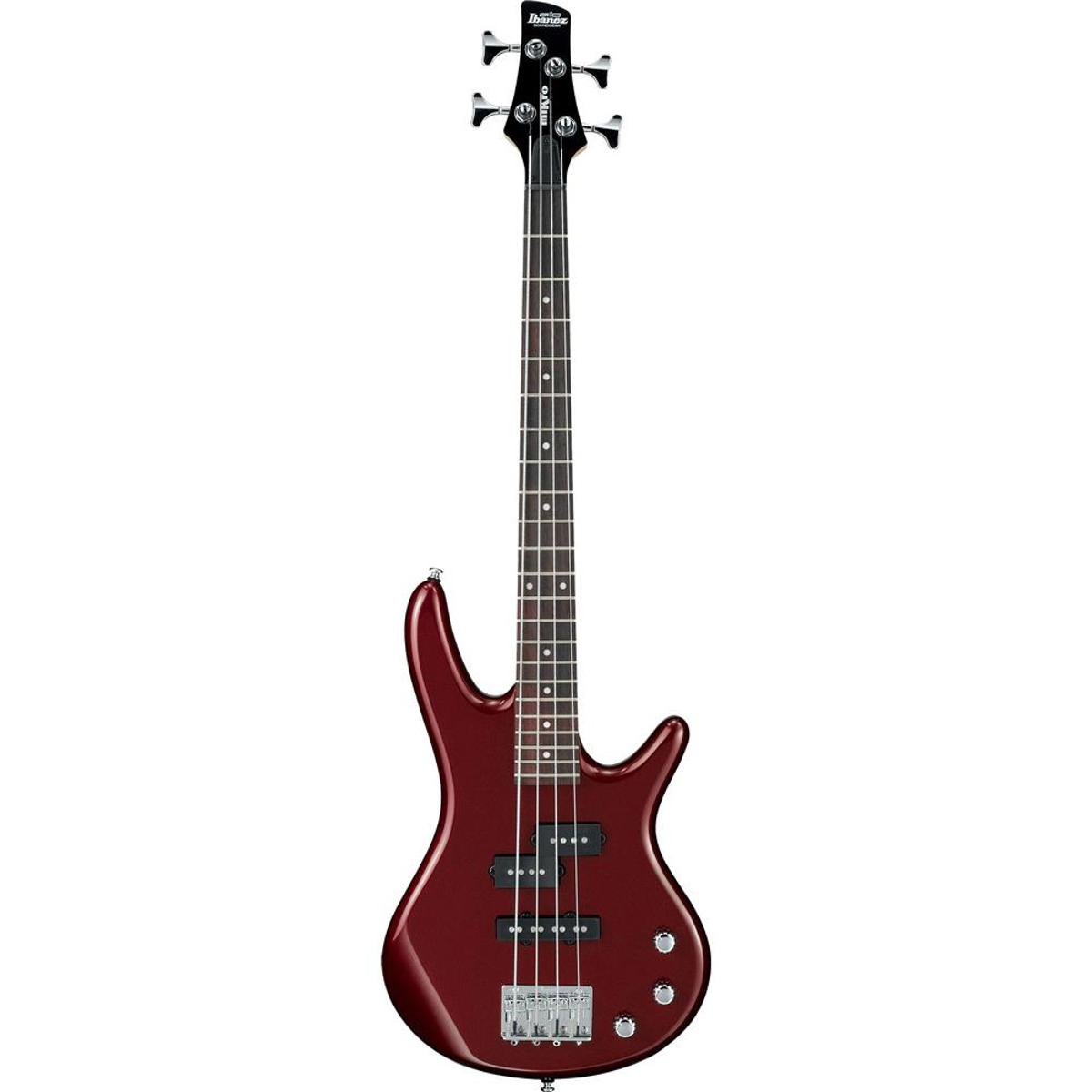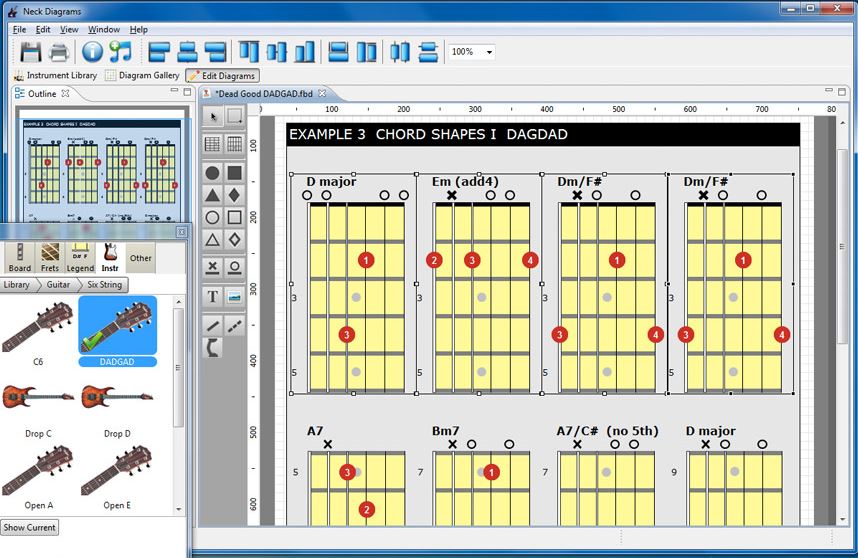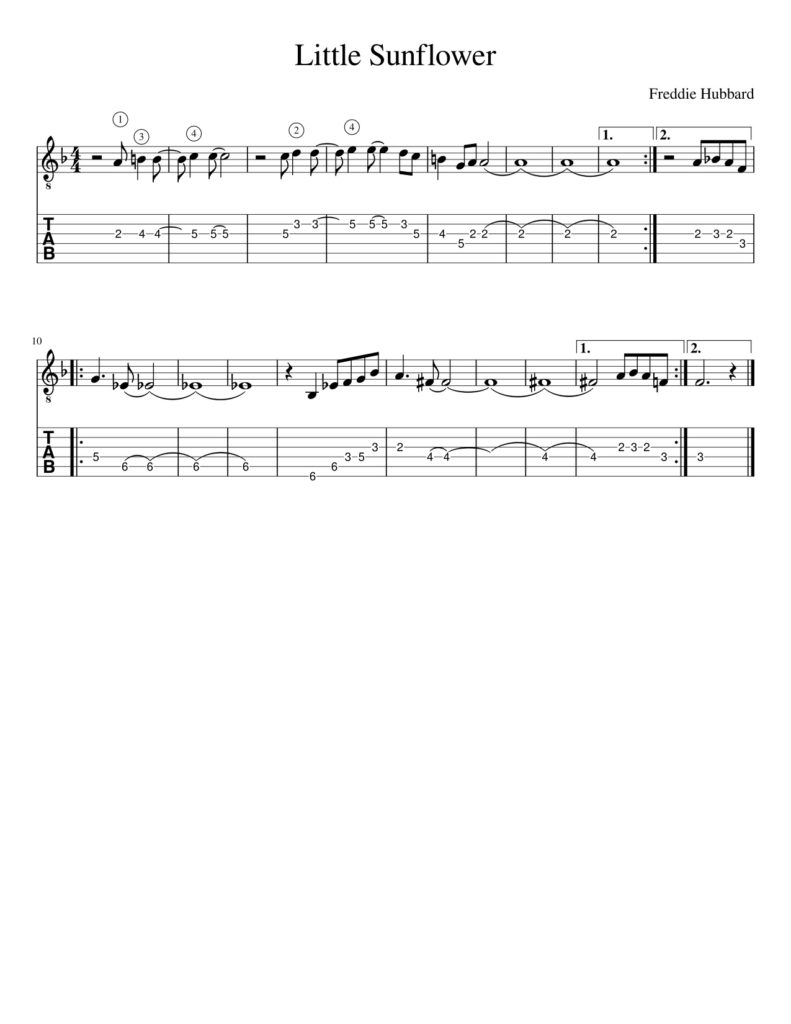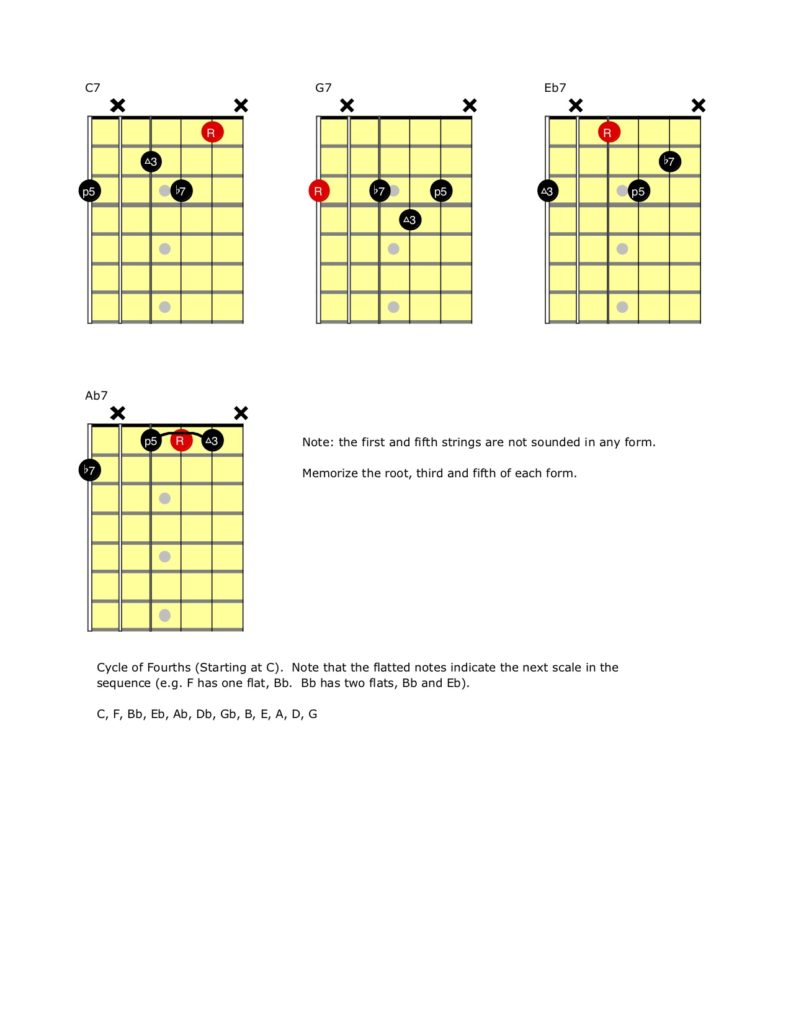It’s been almost a month since the Washington Nationals made this little boy happy! After the World Series, the reality that baseball was over for the 2019 season began to set in. I made sure to add a couple of t-shirts and sweatshirts and a cap to my collection to commemorate the event.
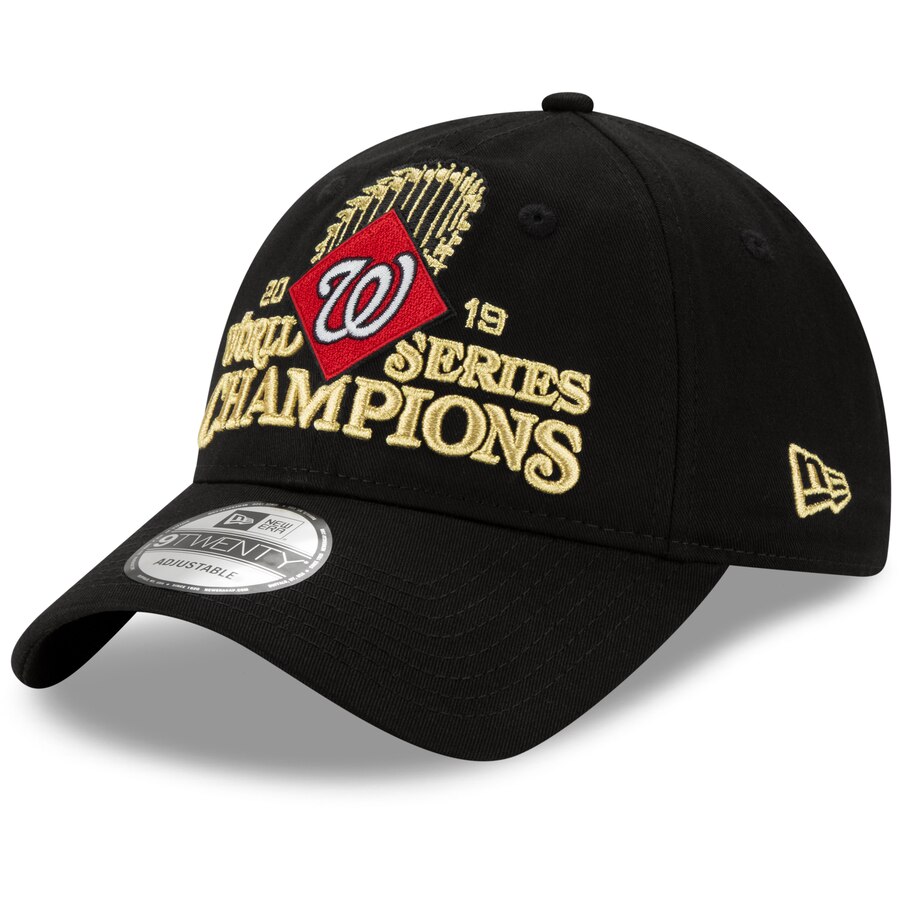
Since then, the colder, darker weather has begun settling in, and, like the leaves from the trees, browns, grays and subdued hues dominate. My running, which I resumed in July continues, and I average 12-13 miles per week, taking it 5 kilometers at a time.
I’ve also updated two of my other collections. I purchased a new SIG SAUER P365 handgun, after reading and watching the reports of this ground-breaking pistol from its early stages and rough spots, to being one of the most popular pistols in SIG’s catalog.

While not as aesthetically pleasing to me as the SIG P938, the size is quite similar, and its major feature is that it is capable of hold 10+1 rounds of 9mm ammunition in its micro-compact form. A new magazine design makes that happen. I also purchased a 12- and 15-round magazines for use at the pistol range. It feels very comfortable in my (small) hands, and I’m aiming to replace my P938 as my carry weapon.
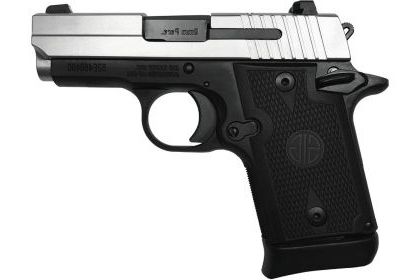
I also added to my guitar collection. In my twisted way of thinking, I felt I was one Telecaster short, since I have five Stratocasters and only four Teles. One of those Strats is a G&L Tribue Legacy (G&L stands for George and Leo, the latter being Leo Fender, who, with his partners George Fullerton and Dale Hyatt, founded the company after Fender sold his original company), so after I spied a G&L Tele-style guitar called an ASAT, I fell in lust.

Besides the color (honestly, I’m not a “red guitar” guy, but two of my Strats are red!), I was taken by some of the specs: a pair of specially designed P90 pickups, and the 12-inch radius neck (the Brazilian Cherry looks an awful lot like Rosewood, which is currently on the CITES restriction list). Those two features made it read like a Gibson Les Paul, many of which boast those features. Indeed, plugging it in a playing it have already convinced me that P90s are pickups to be reckoned with. They’re awesome!
Incidentally, the name ASAT has a weird backstory. Yes, it’s all-capitals. Believe it or not, it’s a military acronym for “anti-satellite,” and not, as some people believe, “After Strat, After Tele.” The name was suggested by author Richard Smith after he read an article about the Air Force’s ASAT missile. Apparently Leo and Dale liked the image of a guitar shooting down things in space, and so the name “stuck.”
So now as the days continue to get shorter and the dark nights longer, I’ll have the opportunity to spend time at the range lighting things up, or at home, shaking things up!








